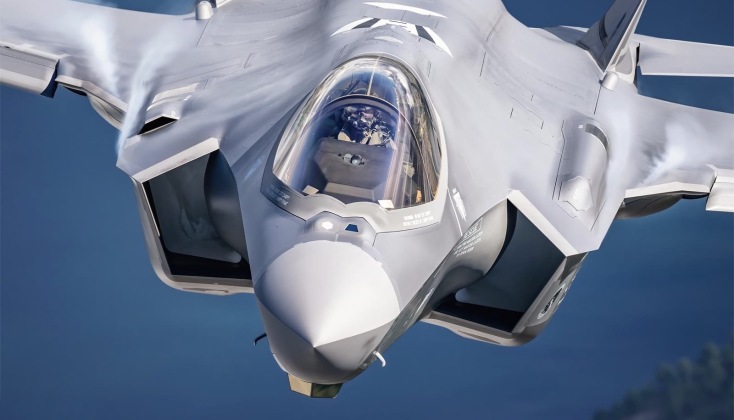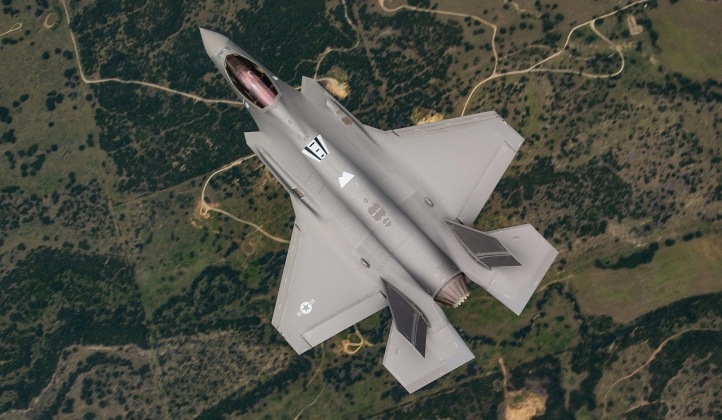German arms maker Rheinmetall said in a release that it had selected a site in Weeze, western Germany, to produce “at least 400” F-35A center fuselages starting in 2025. The plant will also be able to service German F-35s and F-35s from “other friendly nations,” replacing a previous plant in Turkey that produced F-35As before the Eastern European nation was kicked out of the fighter program for political reasons central fuselage. Turkey had previously been favored for its particularly low-cost, labor-intensive parts, while switching to German production was expected to be less efficient in terms of cost. Nonetheless, since all central airframe production for the F-35 is currently undertaken in the United States by US military aerospace company Northrop Grumman, a second, smaller plant would help break this critical bottleneck, That bottleneck prevents stealth fighter deliveries from scaling up to meet demand. Require. The F-35 is the only fifth-generation fighter in production in the Western world, and has consistently won all recent tenders for compatible NATO fighters due to its significant performance advantages over fourth-generation competitors such as the French Rafale and the pan-European fighter. The Eurofighter is primarily built in Germany. Germany itself, under Angela Merkel’s government, has been very reluctant to consider acquiring the F-35, despite Chancellor Olaf Scholtz deciding to order the aircraft within just a few months of taking office aircraft, despite protests from local industry over the possible losses to Germany. Eurofighter program.

In a letter to Breaking Defense, JJ Gertler, senior analyst at Teal Group, said about the importance of expanding airframe production in the F-35, which has been a bottleneck to increasing production of the fighter. “The number of F-35 orders now supports a production rate of around 175 per year. They’re limited to 156 because that’s all the center airframe Northrop can produce… (F-35 Joint Program Office) for a while has been looking for more production since then and it sounds like this is the answer to eventually displacing Turkey,” he said. While the F-35’s prime contractor, Lockheed Martin, aims to deliver 156 F-35s in 2025, the new German factory could increase that number to 165 a year. This extra capability could prove invaluable as the fighter is adopted almost universally by countries seeking to modernize their NATO-compatible fighter fleets, including a growing number of NATO members, from Finland and Poland to Canada and Germany In itself, as well as Australia, it is a key planned partner outside the national alliance.

Orders for the F-35 outside of NATO and program partners are mainly from Japan, South Korea, Israel and Switzerland, and the fighter is effectively the only The choice is a generation behind. Developed under the Joint Strike Fighter program, the F-35 was designed primarily with air-to-surface strike roles and countering enemy ground air defenses in mind, and poses a greater challenge to such defenses than other Western fighters challenge, mainly due to its advanced electronic system. Warfare, sensor fusion and stealth. However, the fighter was not considered ready for high-intensity combat, suffered lengthy delays in its development, and had the lowest availability rate of any fighter class in the world, with the U.S. Multiple figures in both civilian and military leadership have expressed major reservations about the fighter. the program. One of the latest problems with the fighter jet has affected its engine, which was designed to power and especially cooling specifications far below the aircraft’s current specifications, resulting in tens of billions of dollars worth of additional maintenance costs and sparking the development of new The whine of the engine. A new powerplant. The F135 engine was also the main reason for the low availability. Significant overruns in the fighter’s operating costs and maintenance requirements are expected to force the Pentagon to slash planned orders.

